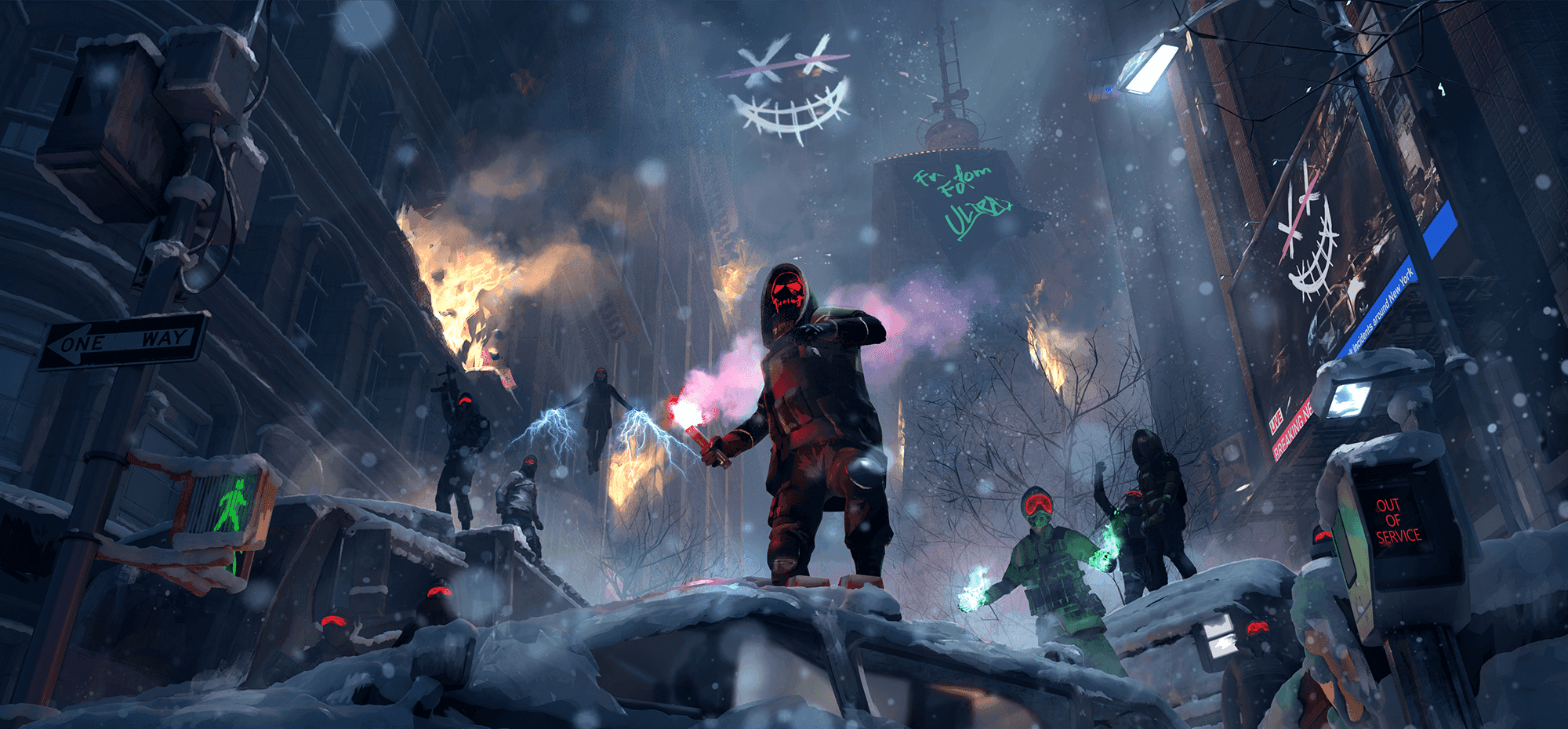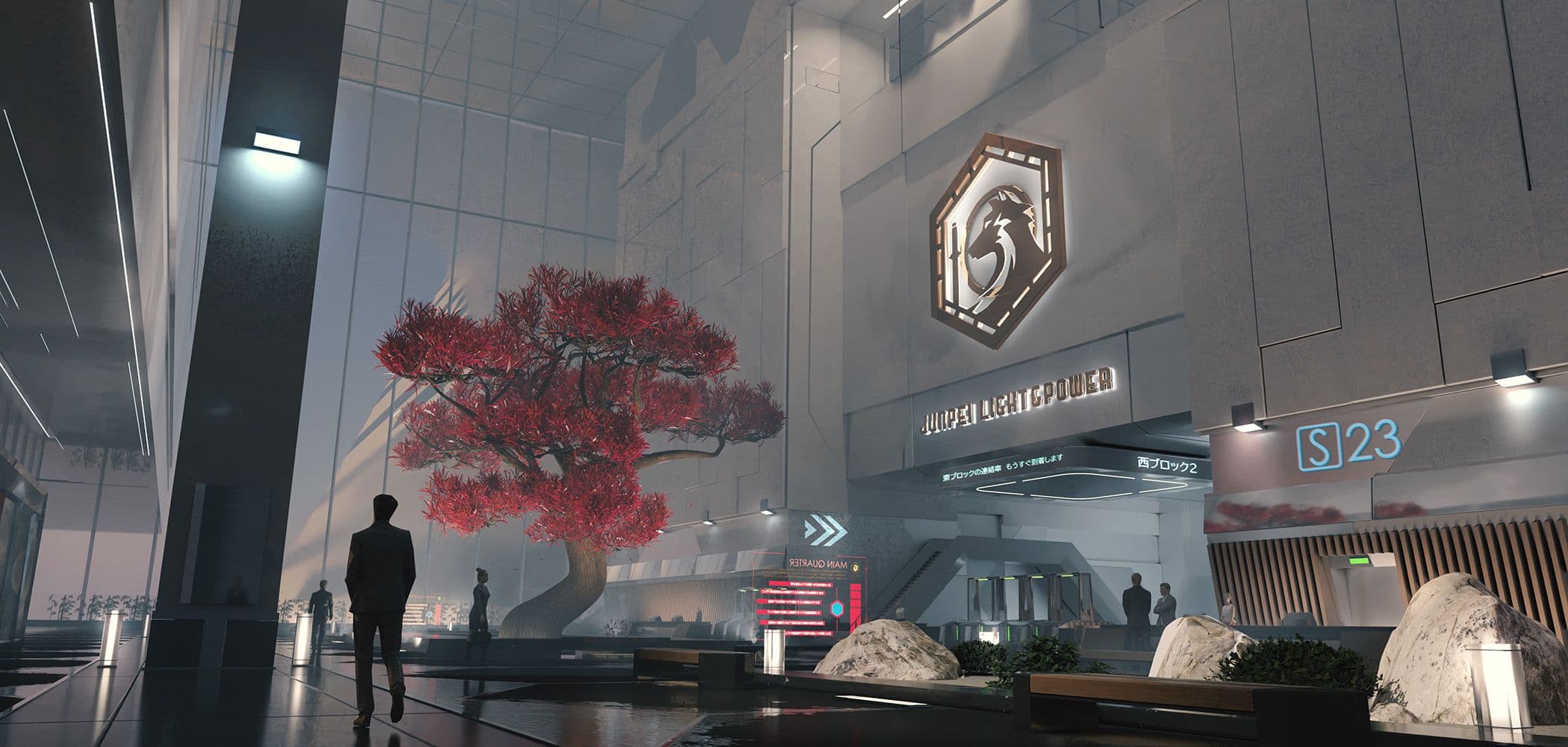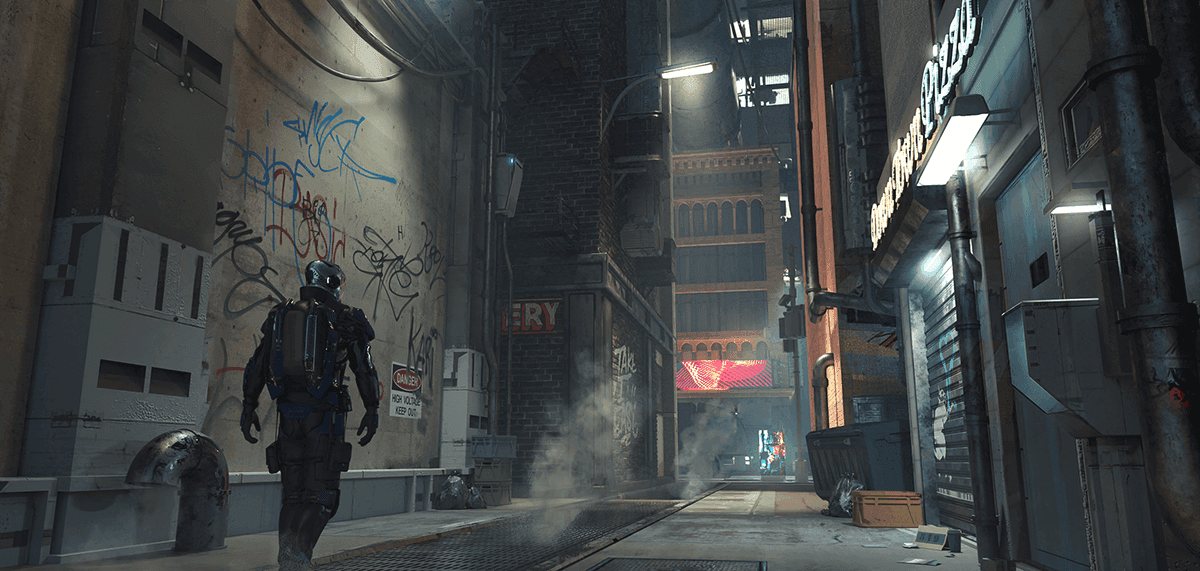
Developer Log 2 - The Setting
Greetings Shadownet!
Welcome back to the monthly developer log. Note that our blog is written by different individuals - while last month’s post was written by our design lead and revolved around the game design, as creative director I’ll be tackling more of the other parts of the game that help to define the style and setting. This time I’d like to focus on the story of Shadow War, some of our goals in defining our world, and some interesting challenges we faced along the way.
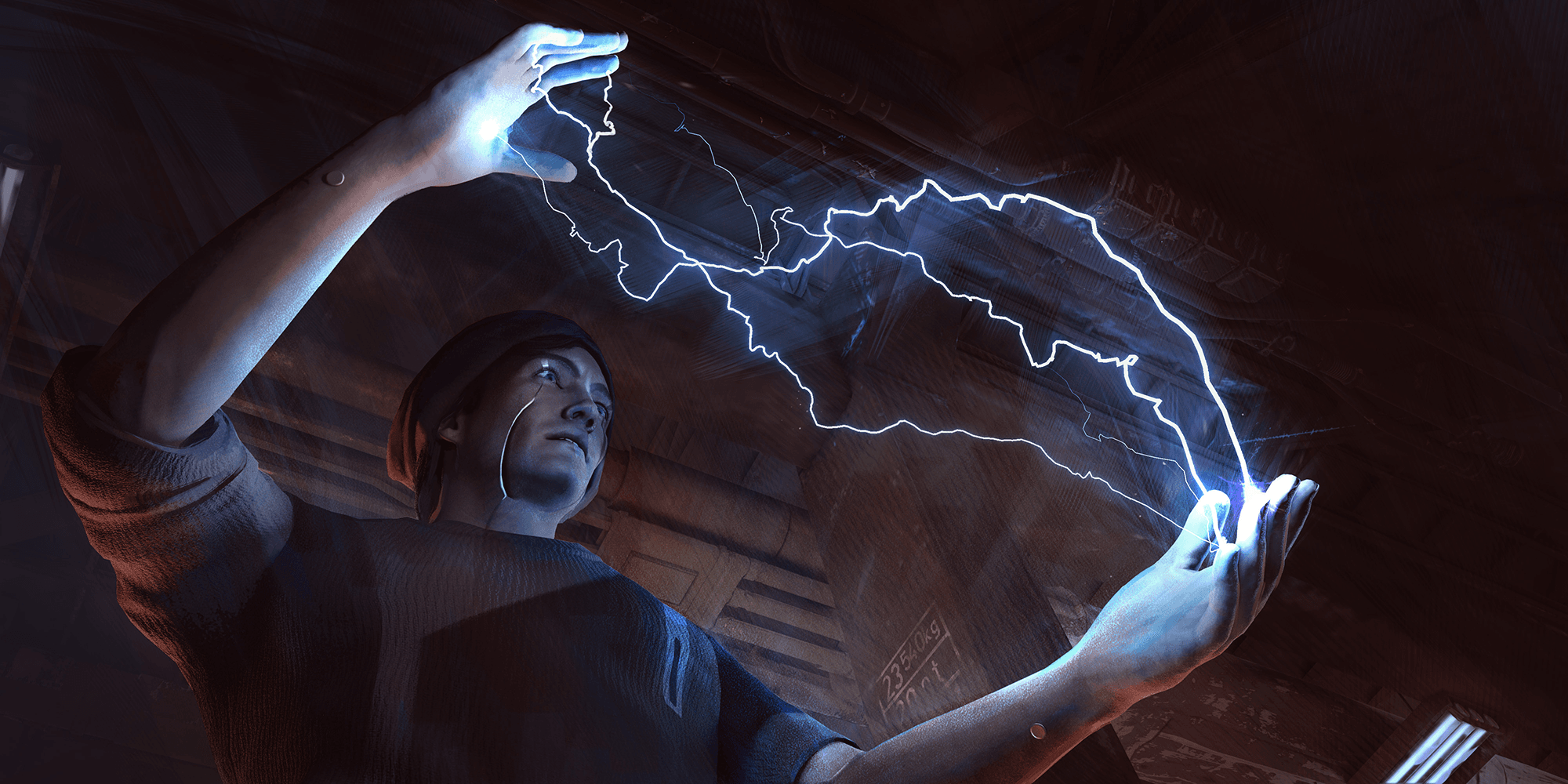
A Little Bit of Everything
In order to define game mechanics, visuals, and setting, we had to first decide what sort of audience and player base we wanted to cater to. In terms of building long-standing IPs, the most successful of these have been the ones that have vastly different appeals all wrapped up under one unifying story.
When people talk about their favorite IP’s, it’s usually with characters being the focus point of their discussion - with preferences wildly varying. Some people prefer heroic, iconic characters that you see on the cover/poster of their favorite IPs, while others are obsessed with sneakier characters, making plans and machinations in the background. Some like John Snow, some prefer Littlefinger. The differences are endless, and you can find all sorts of favorites by asking all sorts of different people about their preferences.
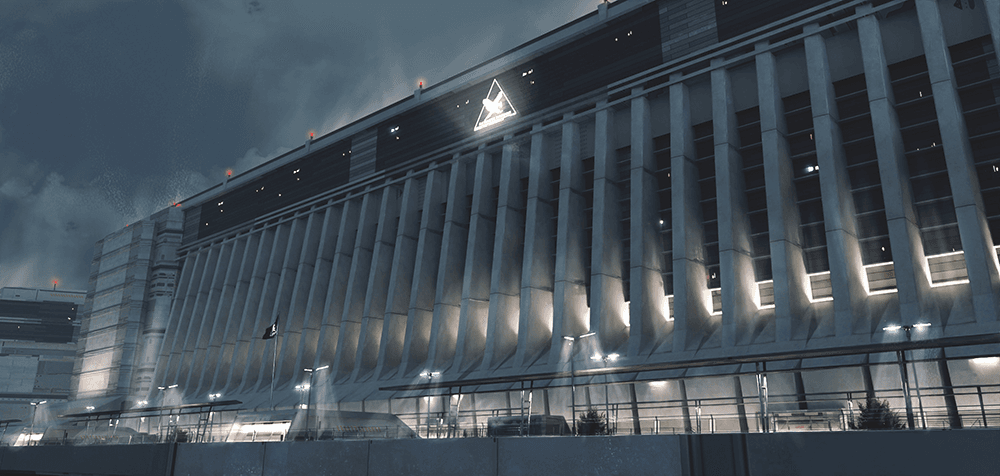
Scope is also important. Broader stories are also more capable of zeroing in on exactly what excites certain audiences. When you have a smaller tale, it can be difficult to deliver on many different aspects, while a larger scale can give you the room you need to vary scenarios. Frame stories are a commonly used trope to tell a wider range of stories (1001 Arabian Nights being the prime example) enveloped within the context of a general setting. As a consequence of this setup, it also means that people can take the structure we’ve laid out and make their own works with it - be it art, stories, music, or other content.
Finally, aesthetic delivery is key. Especially in video games, people like to really feel what they’re playing, so you have to marry both the story of the character and the playstyle into a cohesive unit. The best way to do this is to have a single aesthetic you want to achieve with a particular character - that way you can let that guide the gameplay and story creation process with one unified goal. In line with the previous pillars, this is another area that people have wildly different preferences for. Consider someone who plays assassins in MOBA games versus someone who prefers to support their team mates from afar. What sort of stories do these playstyles implicitly perpetuate? How does this build into the player fantasy?
When it comes to Shadow War then, we had a few clear takeaways from early discussions:
Make it character based, so that it appeals to many different peoples Make the story generalized, so people can make their own stories Have aesthetic bounds that don’t appeal to everyone, but appeal to someone
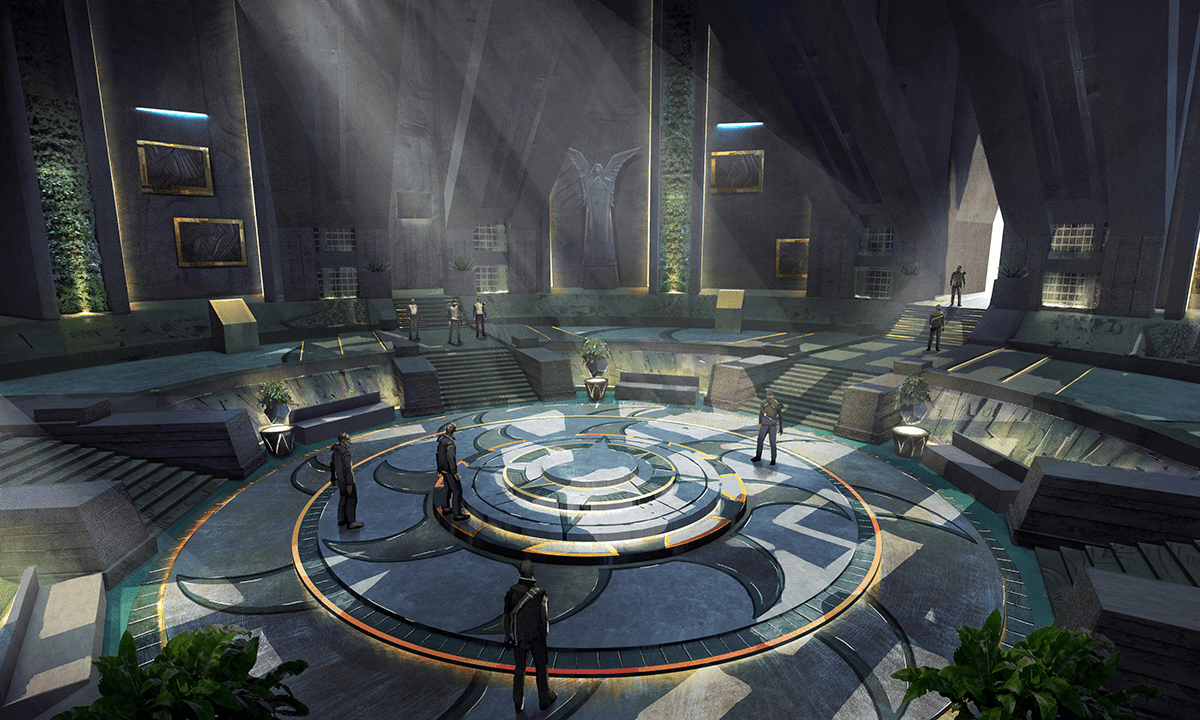
Mixing Fantasy with Futurism
Our first big challenge was thinking about the level of technology and magic we would want in our setting. By this time we had already figured out that we wanted to tell a postmodern story about rival factions waging secret wars with each other - but we had our first true challenge. How do you reconcile magic with technology? We don’t really mean it in the functional sense - sure, you can create an ice wizard with futuristic gadgets that allow them to manipulate ice. But does a futuristic ice manipulator really deliver on the aesthetic of an ice mage? We didn’t think so.
In truth, there are tons of people who love fantasy stories - tales of preparing powerful magic, casting spells, and other hallmarks of the genre. Just look at Harry Potter or Dungeons and Dragons for great examples of such. Taking something like Harry Potter and putting it in the future would work (you get something like Warhammer)… but would it appeal to the same vast audience of children around the world? This was our first big challenge.
Shadow War takes place in the future in 2050, in a world dominated by technology, cyberware, and with a certain dystopian vibe reminiscent of the seminal works of the genre. But going beyond the basic structures, we also wanted things like ice wizards to work - and it had to make sense in the world too. It had to make as much sense as if your friend called you one day and showed you that he actually has superpowers. It had to be real.
We spent several weeks trying to figure it all out before we ultimately came up with the system. A mix of modern technology and fantastical magic that allowed us to reasonably fit both modern and fantasy themes in the same frame story. At its core, the magic system is more fantasy than futuristic - but that’s exactly how it should be, and one that we hope can appeal to those DnD wizard lovers out there. In a following post, we will be specifying the magic system and how it all works - both in-game and in the world.
R
